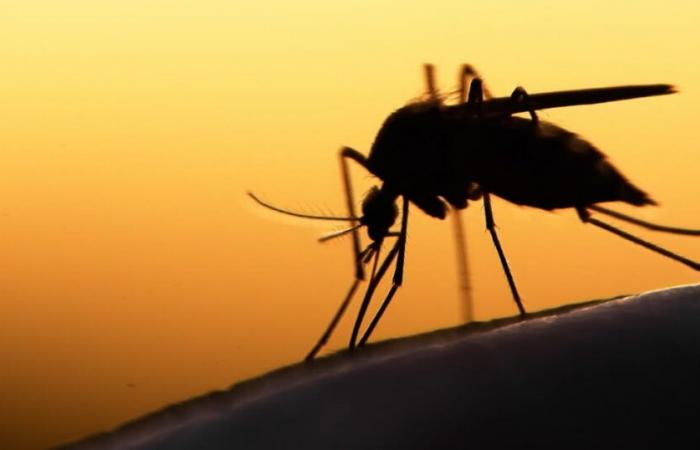Currently, several methods are used to reduce the number of mosquitoes and the risk of malaria. One of them implies the use of ivermectin, an antiparasitic drug. When mosquitoes ingest blood containing this substance, their lifespan is reduced, which contributes to reducing the spread of malaria.
Problems: Ivermectin is non -biodegradable. It is relatively persistent in the body and in the environment and its excessive use leads to phenomena of resistance.
Nitisinone: a promising alternative
A study published in Science Translational Medicine has just identified an interesting alternative: Lanitisinone. This medication is usually prescribed for people with rare hereditary diseases such as Alkaptonuria (disease that affects the metabolism of certain amino acids).
Among its actions, Nitisinone blocks an essential enzyme, HPPD, preventing mosquitoes from properly digesting human blood. This blockage quickly leads to the death of insects. Tests carried out on female mosquitoes Anopheles gambiaemain vectors of malaria in Africa, have confirmed its effectiveness.
« A way to stop the spread of Diseases transmitted by insects is to make blood of animals and humans toxic to these hematophagous insectsexplains Lee R. Haines from the Liverpool Tropical Medicine School and co-author of the study. Our results suggest that the use of nitisinone could be a promising new complementary tool to combat diseases transmitted by insects such as malaria. »
An ecological advantage
Better still: nitisinone is more effective than ivermectin, it persists longer in human blood and is effective against mosquitoes of all ages – including older, which are most likely to transmit malaria – but also mosquitoes resistant to traditional insecticides.
« Nitisinone performance was fantasticspecifies Álvaro Acosta Serrano, co-author of the study. It has a half-life (time that it takes a substance to lose half of its capacity for action, editor’s note) much longer in human blood than ivermectin, which means that its anti-mosquito activity remains in circulation in the human body much longer. »
The research team is now considering testing in the field to determine the optimal dosages. They also highlight the ecological advantage of this drug, which specifically targets hematophagous insects.








